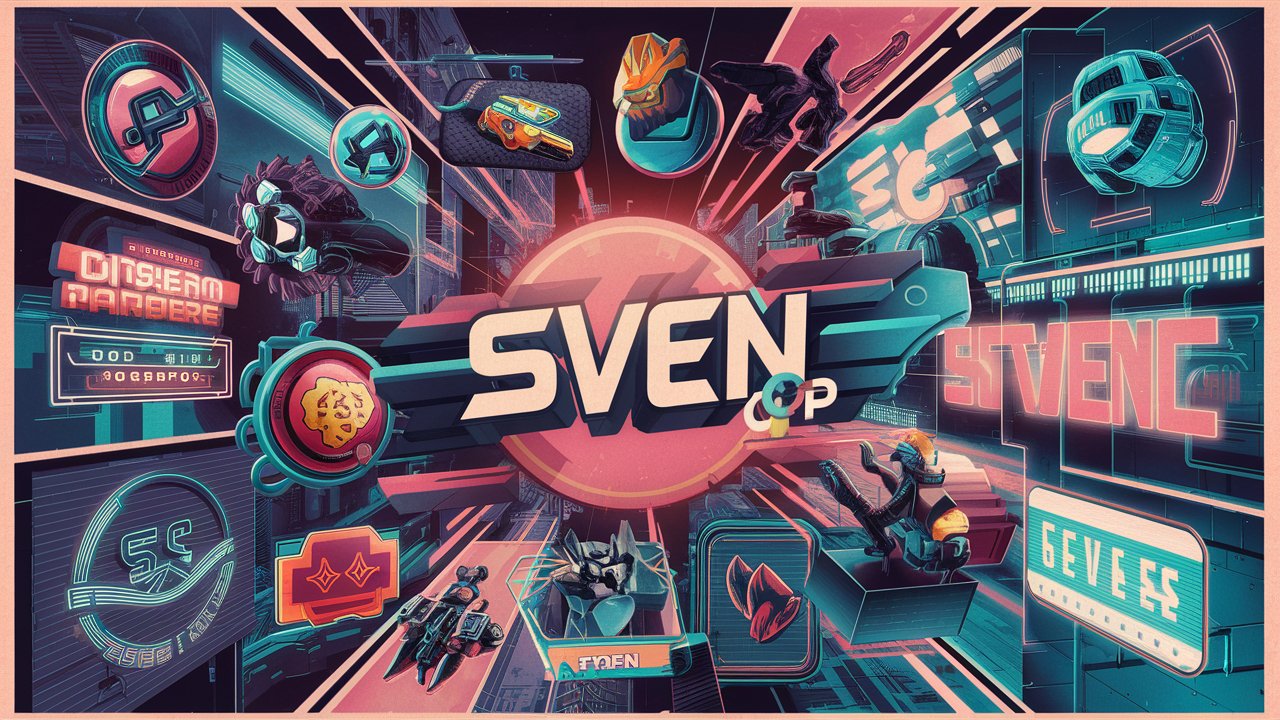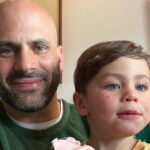With its distinct fusion of creativity, adventure, and survival, Minecraft has captivated millions of players worldwide since its launch in 2009 and grown to become a cultural phenomenon. The usage of gaming icons and banners is just one of the numerous elements that add to its allure and complexity. These components give players chances for self-expression and creativity in addition to fulfilling useful functions in the game. We’ll look at the development, importance, and uses of game icons and banners in Minecraft in this post.
The Development of Early Minecraft Game Icons
The main focus of the early iterations of Minecraft was on the fundamental gameplay elements, like mining, crafting, and building. The result was that the game’s icons were quite simple. Simple, pixelated images were used in the inventory interface to represent different blocks and things. These original icons served a purpose and were made to be instantly recognisable at low resolutions.
Launch of Texture Packs
The community started making texture packs for the game as it became more and more popular. With these packs, users could alter the way that objects, blocks, and even game icons looked. As a result, gaming iconography underwent a dramatic change, with more intricate and visually beautiful versions emerging. Players may now express their creativity and customise their Minecraft experience thanks to texture packs.
Icon overhauls and official updates
The creators of Minecraft, Mojang Studios, have been improving the game icons with every new release. Notable updates that brought in new items and blocks, such the “Pretty Scary Update” (1.4.2) and the “Adventure Update” (Beta 1.8), required the production of matching icons. Over time, these icons’ visual quality evolved to mirror developments in community expectations and game design.
The Significance of Functional Importance in Game Icons
In Minecraft, game icons play a very important functional role. They enable quick inventory management and identification, new item creation, and player interaction with the game world. For a game to be played efficiently, especially one as complicated and varied as Minecraft, the icons must be clear and easily identifiable. Making distinctions between, say, a chunk of coal and an iron ore block can have a big impact on gaming choices.
Appeal to the Senses
In addition to being functional, game icons enhance Minecraft’s overall visual appeal. The symbols’ unique, pixelated design is a defining feature of the game’s aesthetic. This design consistency contributes to preserving the engrossing, blocky universe that gamers adore. Moreover, players can customise the game’s appearance to their liking with the limitless customisation options provided by texture packs.
Cultural Influence
The game icons for Minecraft are so easily recognisable and straightforward that they have become symbols in the gaming community outside of the actual game. Gamers are familiar with icons like the diamond pickaxe, the creeper face, and the heart-shaped health indicator because they are easily recognised and have appeared in a variety of media, including goods and memes. This cultural effect draws attention to Minecraft’s iconic position and its impact on popular culture.
The Function of Banners in Minecraft: Introduction and Crafting During the “Bountiful Update” (version 1.8), banners were added to the game. These ornamental objects give players a fresh method to customise their environment and buildings. They may be made with wool and sticks. Players have a multitude of design options because making banners entails arranging patterns and colours on a loom.
Personalisation and Originality
The enormous degree of customisation available with banners is one of their most alluring features. Gamers can use a variety of patterns, shapes, and colours to build complex designs. In multiplayer servers, banners can be used to designate distinct factions or groups, identify areas, and decorate buildings. Banners offer players an almost infinite creative potential that lets them show their artistic side in the game.
Useful Applications
In Minecraft, banners have both functional and purely aesthetic uses. They can serve as markers for significant places, like the edge of a player’s territory or the entrance to a mine. Banners are frequently used in multiplayer servers as emblems for groups or factions, which promotes a feeling of identity and community among players. Furthermore, banners can be combined with shields to let players show off their unique designs while fighting.
Advanced Methods and Advice for Banners and Icons
Creating Original Icons
Making original game icons can be a fun challenge for gamers who want to create their own texture packs. Here are some pointers for making eye-catching and useful icons:
Simplicity: Make sure that, even at small sizes, your icons are clear and easily identifiable. Steer clear of excessively detailed information that could be confused for one another.
Consistency: To guarantee a unified appearance, keep all of your icons using the same style. This involves applying a pixel art style and colour scheme that are comparable.
Concept: Make sure that your icons adhere to the overarching theme of your texture pack. For instance, a pack with a mediaeval theme would include hand-drawn, rustic icons, whereas a pack with a futuristic theme might have sleek, high-tech designs.
Making Unique Banners
Players can play around with different colours and designs to make eye-catching and distinctive banners. Here are a few sophisticated banner design techniques:
Layering Patterns: Banners facilitate intricate designs by allowing for several levels of patterns. To get the desired effect, start with a base colour then add layers of patterns.
Balance and Symmetry: Aim for symmetrical designs while making banners that are eye-catching. This works very well for shields and flags.
Seek inspiration from authentic flags, logos, and symbols found in real life. Include in the game components that have personal or communal significance for you.
Collective Works and Sources of Inspiration
Highlighting User-Generated Content
The creative spirit of the Minecraft community never stops pushing the limits of what is possible in the game. Websites like Planet Minecraft and the Minecraft subreddit are filled with examples of impressive banner designs and custom texture packs. Gamers frequently share their works, giving others tools and ideas to utilise in their own games.
Joint Ventures
Custom symbols and banners are widely used in collaborative projects on multiplayer sites. To foster a sense of identity and cohesion, major groups could, for instance, create and display original banners that uniquely represent them. Custom texture packs are often used in community-driven projects, including recreations of fictitious worlds or well-known sites, to improve immersion and experience.
In summary
The game’s symbols and banners in Minecraft are much more than just ornamental accents; they are essential to the operation, appeal, and interaction of the player community. These capabilities have developed throughout time to give players countless options for customisation and originality, starting with the basic, pixelated icons of the first releases and ending with the fully customisable banners added in subsequent versions. The world of Minecraft offers a plenty of opportunities for both creative expression and useful application, regardless of your level of experience. Experienced players can create complex banner patterns, while novices can experiment with texture packs.
We may anticipate even more advancements in the field of gaming banners and icons as Minecraft develops further, which will only serve to increase the complexity and allure of this well-liked game. The sole restriction on Minecraft’s creative potential is the users’ own creativity. Now go ahead and pick up your pickaxe, make some flags, and explore the incredibly intriguing world of Minecraft!


